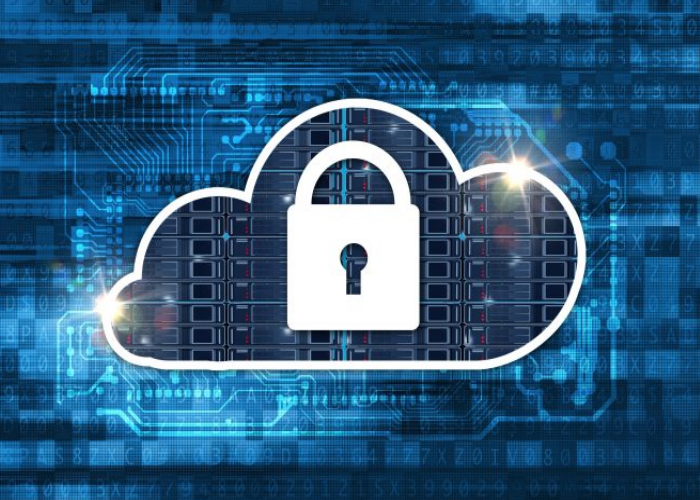We hear the word ‘proactive’ often in context to cybersecurity. What exactly is a proactive approach, and how it differs from reactive approach? In simple words, proactive cybersecurity is about taking necessary steps to prevent a breach in the first place. On the other hand, reactive cybersecurity is about doing enough to minimize the consequences, following a security incident. Both are as important, but proactive cybersecurity allows a company to prevent a breach or data theft incident in the first place, which means that you wouldn’t need reactive security at all. For addressing security concerns, you have to be a step above the hackers, and in this post, let’s talk of the basic proactive measures.
- Create cybersecurity training programs
You need people within the organization, who are aware of security threats and can take necessary steps in time to mitigate the risks. For that, conducting cybersecurity training workshops and programs from time to time is critical. Ensure that the entire organization is working together for ensuring cybersecurity at all levels. You can also make this training a part of onboarding process.
- Password protection measures
There are a few basic password protection measures that matter for overall cybersecurity –
- Passwords must be 12 characters long, at the least.
- Special characters, uppercase & lowercase letters, and numbers must be used.
- All default passwords should be changed immediately.
- Passwords should be repeated, reused or copied
- Employees should use a password management tool.
- Where needed, multifactor authentication must be used.
- For privileged users, it is important to have added password protection
- Passwords must never be stored on paper
As long as these simple rules are followed, businesses shouldn’t have a hard time preventing a password hack.
- Find a tool for access right management
There should be absolute transparency on who has access to what within an organization. For that, an identity & access management suite is important. You can find IAM tools that are designed specifically for small businesses and are super easy to use. This ensures that access rights to IT & network resources can be edited, updated, added, removed, and changed, as and when required, in real time.
As you may have guessed, cybersecurity is more about being ahead of hackers, and that’s proactive approach. Ensure that you are doing enough for preventing a hack in the first place, and eventually, if a security incident occurs, there is reactive approach for controlling & minimizing damage.

